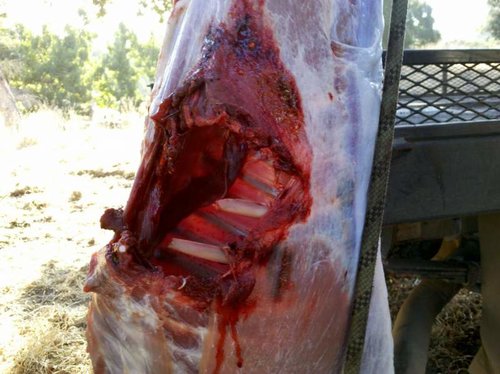NV_ARCH3R
Active member
I’m more of an archery guy these days, haven’t used a rifle much since the ole Winchester silvertips, and pointed soft point days. I keep reading posts how a lot of guys brag about a complete pass through with their preferred bullet. Seems kinda contradictory to me, as for a bullets performance. Only part of a bullets killing ability is by actually passing through the vital organs. A large portion is the shedding of energy and passing that energy into the tissue, and vital organs. So the ideal bullet would be found just under the skin on the off side, the bullet having displaced all its energy in the animal. A pass through is bullet performance wasted. Of course you still need to consider the animal, caliber, etc. No way is an antelope at 80 yards, going to soak up a 300 win mag, re-read the preceding sentence. Or is my thinking as old as the ammunition I used to use? I’m not even thinking about two holes vs one for a bigger blood trail.





